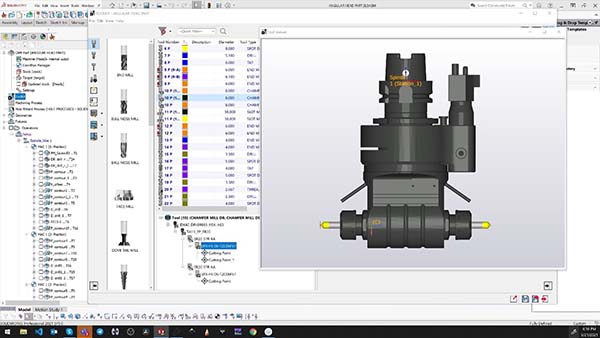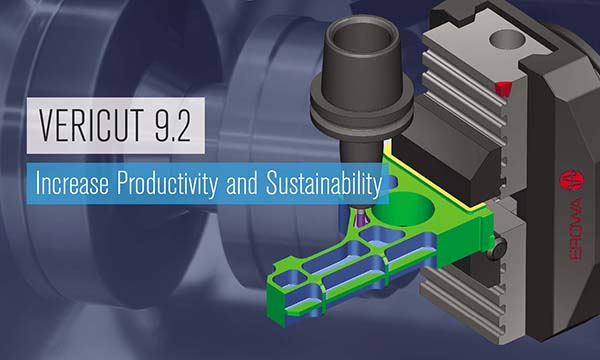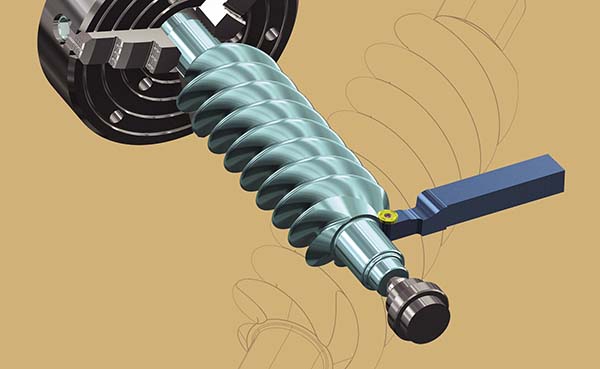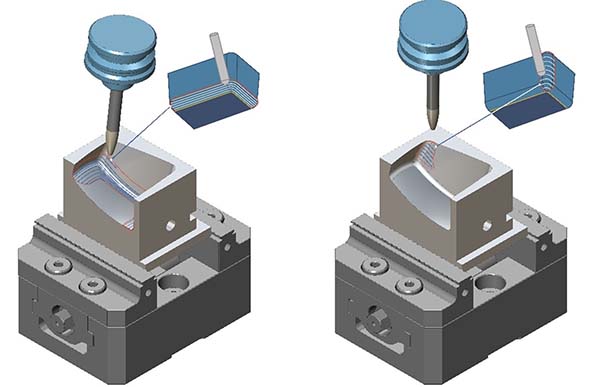
SolidCAM 2021 SP2 is now available to all SolidCAM customers on subscription. The most powerful release yet, SolidCAM 2021 introduces the new Tool Table – ToolKit (especially important for mill-turn and Swiss-type customers), new Sim5X operations (including edge breaking and edge trimming), as well as many enhancements to SolidCAM’s various CAM modules.
In the new ToolKit, it is now possible to import 3D tool data seamlessly, including tool holders, directly from tool manufacturers’ cloud-based tool databases. ToolKit makes the tool assembly process as easy as possible for the user. Based on how tools are assembled in real life, the new ToolKit offers the possibility to assemble tools, their holders and additional components, exactly how tools are assembled in the machine shop.
The SolidCAM Sim5X operation of edge breaking automatically detects all edges to be deburred and creates a collision-free toolpath. SolidCAM edge trimming can be used, especially in the composites industry, to remove excess material from parts during manufacturing. An additional function available to all Sim5X customers under subscription is Sim5X auto 3+2 roughing, which automatically roughs parts from all possible sides, without any manual intervention by the operator.
SolidCAM 2021 includes the new SolidCAM Simulator, which provides graphical simulations of all SolidCAM operations. The simulator offers multi-channel simulations and combines all the modes of previous SolidCAM simulations into one integrated and easy-to-use interface.
CIMCO Edit Professional is directly integrated in SolidCAM 2021 to provide users with one of the industry’s most advanced G-Code editors. The seamless export of SolidCAM information, including tool table data, stock, target and fixtures, makes CIMCO Edit very useful for SolidCAM customers.
For further information
www.solidcam.com























